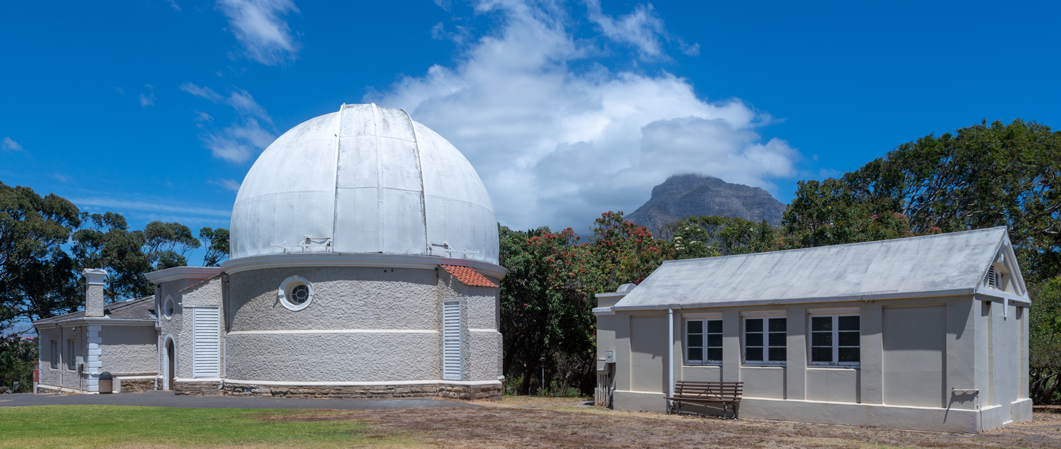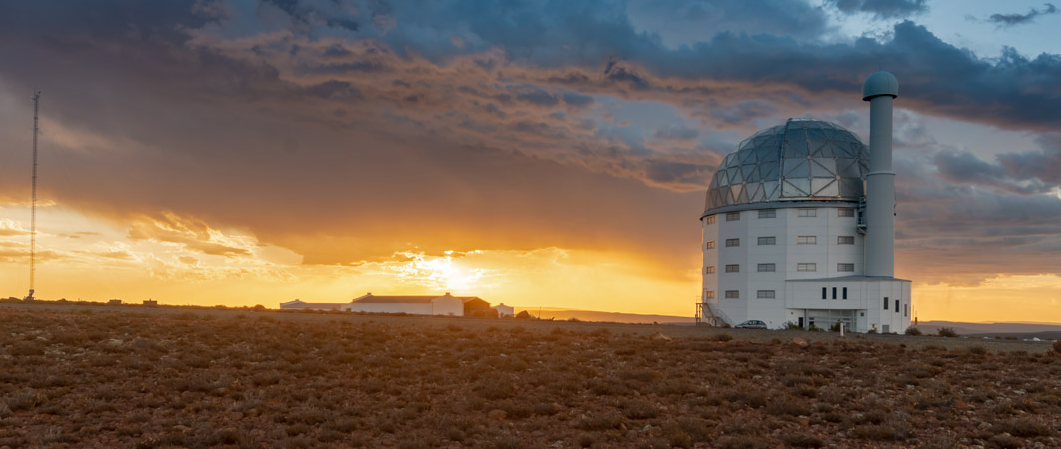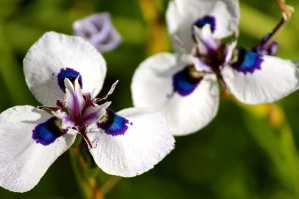Welcome to the South African Astronomical Observatory (SAAO), South Africa’s leading astronomy research institute and home to the Southern African Large Telescope, the largest optical telescope in the southern hemisphere.
Founded in 1820, the SAAO is the national centre for optical and infrared astronomy in South Africa. Its primary role is to conduct fundamental research in astronomy and astrophysics by providing a world-class facility to scientists. The SAAO also promotes astronomy and astrophysics in southern Africa, by sharing research findings and discoveries, and participating in outreach activities to enthuse citizens about physics and astronomy.
The SAAO is a facility of the National Research Foundation, which operates under the South African Department of Science and Technology. The SAAO is comprised of headquarters in the eponymous suburb of Observatory in Cape Town, and a dedicated research and observation station with several working telescopes (including SALT) outside the Karoo town of Sutherland in the Northern Cape.

In order to achieve the best possible observing conditions, all of the current astronomy operations occur in Sutherland. Historical telescopes in Cape Town are still regularly used for outreach and public events.


